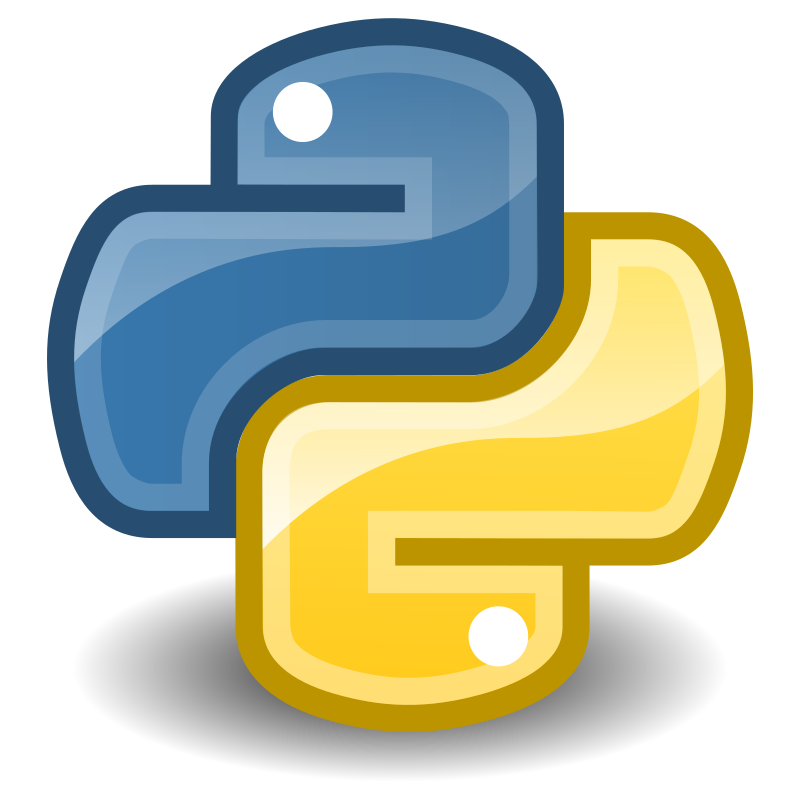Sub Total €0.00

In a world where new programming languages and frameworks emerge almost every year, one might expect older languages to fade into obscurity. Yet, Python defies that trend. Despite being over three decades old, Python continues to thrive as one of the most popular and widely accepted programming languages today.
So, what makes Python so enduringly relevant in the fast-paced world of software development? Let’s explore the key reasons behind its continued success.
Python was designed with simplicity in mind. Its clean syntax closely resembles natural language, making it one of the easiest programming languages to learn and use. This readability lowers the barrier to entry for beginners and allows experienced developers to write and maintain code more efficiently.
For example, compare the following Python and Java code snippets that print "Hello, World!":
Python:
python
print("Hello, World!")
Java:
java
public class Main {
public static void main(String[] args) {
System.out.println("Hello, World!");
}
}
The Python version is more concise and accessible.
Python is not just a general-purpose language — it is a multi-paradigm powerhouse used across a wide range of disciplines:
Web development: Frameworks like Django and Flask power many websites and applications.
Data science and machine learning: Libraries like NumPy, pandas, TensorFlow, and scikit-learn are industry standards.
Automation and scripting: Python is ideal for writing scripts to automate repetitive tasks.
Game development, IoT, cybersecurity, and even desktop applications — all have thriving Python ecosystems.
This flexibility makes it a go-to language for developers who work across different fields or want to future-proof their skill sets.
Python’s vast and active community means there’s a wealth of resources, including:
Extensive documentation
Free tutorials and courses
Open-source libraries and tools
Active forums like Stack Overflow, GitHub, and Reddit
No matter what problem you're facing, chances are someone has already solved it — and shared the solution in Python.
Tech giants like Google, Netflix, Facebook, and NASA use Python extensively in their technology stacks. At the same time, Python is also a staple in academic and research institutions due to its simplicity and the availability of scientific libraries.
This dual acceptance, in both industry and academia, ensures that Python remains well-supported and future-relevant.
Python's fast development cycle makes it ideal for prototyping. Startups, in particular, benefit from being able to move quickly from concept to implementation with minimal overhead.
Many successful tech companies — including Instagram, Dropbox, and Pinterest — started with Python for exactly this reason.
Python runs on all major operating systems — Windows, macOS, and Linux — with little to no modification required. This makes it a reliable choice for building cross-platform applications and tools.
Despite its age, Python is not stagnant. The Python Software Foundation and the open-source community regularly update the language, adding modern features and improving performance. With every release, Python becomes more powerful and developer-friendly.
Python’s continued dominance is no accident. It’s the result of thoughtful design, a vibrant community, and unmatched versatility. Whether you're a beginner taking your first steps into programming or a seasoned developer building complex systems, Python is a powerful and accessible tool.
(0) Comments